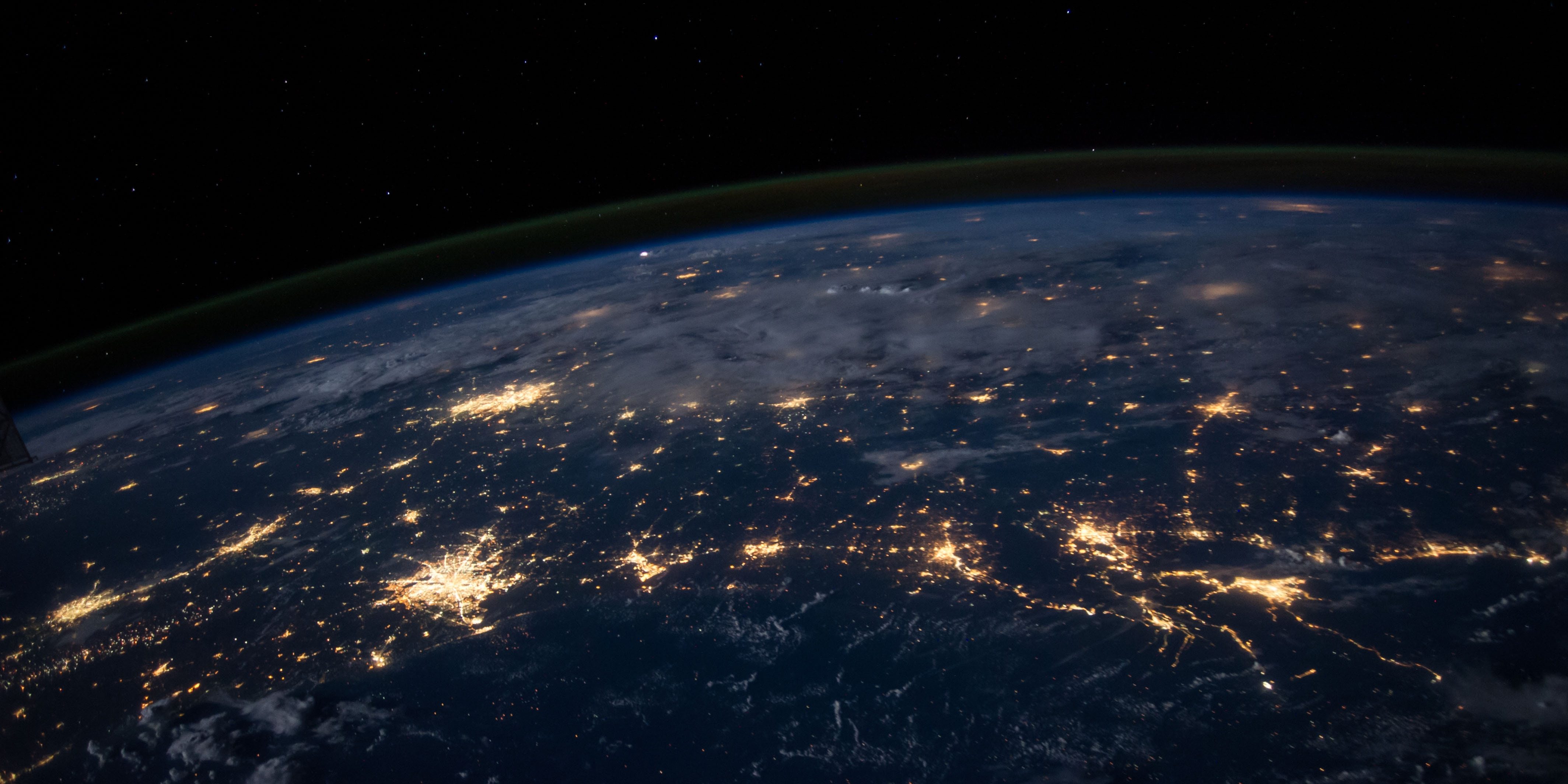UX Design & sustainability, a creative awareness challenge
We are now fully aware that our habits have an impact on our own lands, seas and skies. But one can also question how they influence… the internet carbon footprint.
Our global network is responsible for “2% of global greenhouse gas emissions (1*)” (GHGE). Does this mean that, the same way we are now advised to invest more in seasonal food (2*) or sunscreens which composition does not harm ocean life (3*), we should consider CO2 emissions impact when designing websites?
It appears so, if we hear the calls for more sobriety in our cultures. And this guidance is doing more than pointing out which steps we missed while making more and more technological breakthrough. It is rather likely to inspire many creatives to renew the end users’ experience accordingly – a win-win situation.
Make best practice conscious
Implementing a less CO2 consuming strategy can be an opportunity to reduce website pages’ weigh” and enhance loading time. A great plus, especially for viewers – whose quality of experience orientates designers’ and content managers’ decisions. And considering the whole sound and eco-friendly era we are leaping in, conceiving a design fitting ecological requirements is likely to be praised.
For designers or webmasters, this is an additional way to make their choice to focus on a direct and concise content more understandable to clients, colleagues or else. For instance, it illustrates how it is not mandatory nor practical to attract visitors’ attention by through fade, or other effects that are fancy to one’s eye.
Other than multiple effects, numerous pages are another bane for website building and our air quality. As a Digital Consultant for SMBs, I witnessed old websites with pages dedicated to a Google Maps tool, internal or external links only. It was then better to remind business owners that visitors are not browsing to see one element on a page, and neither are search engine’s bots. Because instead, gathering information strategically means saving time on your sitemap planning, ensuring fewer carbon emissions in the future and optimising user experience as well as SEO.
Green K.I.S.S.
It is time to look at the “Keep It Smart and Simple” classic in the light of Social Responsibility too, and here specifically for content management.
Firstly, the era of filling the blanks is finally over in copywriting! As marketing specialist Neil Patel underlines, it is now handier to adapt your word selection and count to both your sector and audience. This ensures analytics go along with your expectation and shorter readings for users.
Regarding images and colors choices, processes such as lossless compression enable to use lighter images and fewer pixels (4*). Yes, even uploading an image can be done while caring about the planet.
Revising design tools: a jump back to Stone Age, or “a giant leap for mankind”?
Using and creating less can feel like going backwards in a time where thousands of tools are accessible. But even an email currently produces around 4 grams of CO2. So following recommendations to use less and less is to be seen as a challenge to rethink our tools. From enhanced design software to better Quality Assessment guidance and an improved, more conscious education, if the industry starts helping creatives make more sustainable products, where is the limit?
GreenIT, a French initiative, is an example of professionals taking a step into reducing the digital world influence on our environment.
*1 - Already in 2015, Adam Vaughan from The Guardian exposed that datacenters used by digital giants are producing as much CO2 as airplanes. Which will be growing with digital demand. *2 - Consuming food produced in its original season is an effective method to save energy in our day to day diet, explains “Seasonality and dietary requirements” of J.I. Macdiarmid (2014). *3 - A 2008 study from the Environmental Health Perspectives, conducted by Professor R. Danovaro, shows that sunscreen contributes in “aquatic organisms” contamination.
*4 - For whichever data, algorithms programmed for lossless compression keep its quality unchanged during the process. Wikipédia – Lossless compression.





